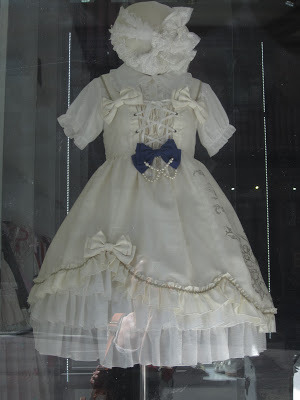My interview with Ploughshares: Empathy, Delight

It was a tremendous honor to be interviewed by Erinrose Mager for Ploughshares Literary Magazine not long ago. Her questions were remarkable. She gave me room to answer at length.
And so, rushing off to the Big Apple as I now am, I quicklyshare a conversation that begins like this, below, and can be found in its entirety here:
Apropos of your chapter in Handling the Truth,
“Exercising Empathy,” can you articulate how you underscore the
importance of empathy when teaching writing students? In the classroom,
what texts do you often cite that exercise empathy deftly? Why are these
texts so crucial to understanding empathy as the cornerstone of memoir?
One of the reasons that I love being in a classroom is that we are
endlessly learning empathy from one another. I spend a lot of time in
the early sessions building trust. I require the students to get
engaged—to pay attention to the work that arises from in-class exercises
and to the person doing that work. I require them to notice who is
speaking, and why. We interview one another. We define expectations. We
make psychic and literal room for one another; it’s a very small
classroom. We establish a framework, and a mood, and so we are prepared. We are empathic.
The best writers of memoir demonstrate empathy both for themselves
and for those whom they include in their stories. There are two pages in
Natalie Kusz’s memoir, Road Song, that I read out loud every
year. Kusz was a little girl walking home from school in her new home of
Alaska when she was attacked by tethered huskies. That attack will
define the remainder of her childhood and much of her adolescence as she
succumbs to countless operations to repair her devastated face.
But when Kusz writes about the attack, she writes almost gently,
almost quietly, of the violence. She writes of the mittens she was
wearing:
I watched my mitten come off in his teeth and sail
upward, and it seemed unfair then and very sad that one hand should
freeze all alone; I lifted the second mitten off and threw it away, then
turned my face back again, overtaken suddenly by loneliness.
When I read these words aloud (through tears, always), there is
silence in the room. There is huge respect for a writer who, at that
traumatic moment in her life, cares for the weather, cares for the
mittens, speaks of loneliness, not rage. This is a writer whose entire
book is filled with that kind of concern for other things, and other
people.
Empathy is, according to Merriam-Webster, “the imaginative projection
of a subjective state into an object so that the object appears to be
infused with it.” Kusz projects as she writes. The students project as
they read. And this sort of projection happens in many wonderful
memoirs. I think of Patricia Hampl, Gail Caldwell, Lucy Grealy, Caroline
Knapp, Abigail Thomas. And, by the way, let us not assume that empathy
is a talent reserved for women; read Geoffrey Wolff and Mark Richard and
C.K. Williams and many others, and you’ll find it there.
When a memoirist lets us see her or his world—when she or he evokes
it instead of judges it—we are taught empathy. We are inspired by it.
You explain many wonderful writing exercises in Handling the Truth.
What is one exercise that you turn to, time and again, when teaching
memoir? What is it about this exercise that affects students so deeply?




Published on September 14, 2013 08:41
No comments have been added yet.



